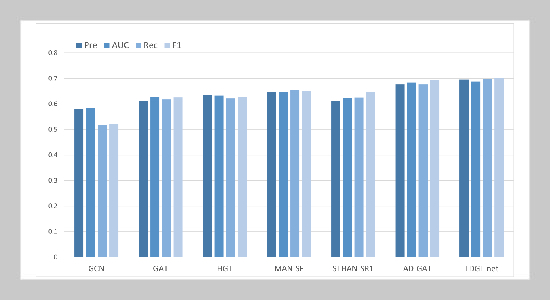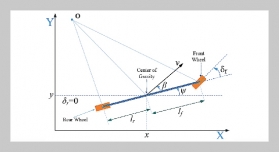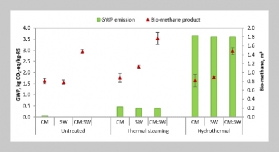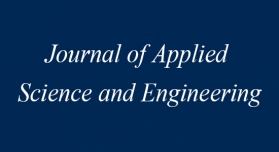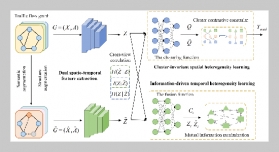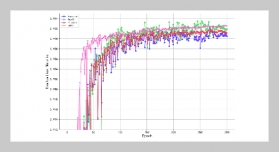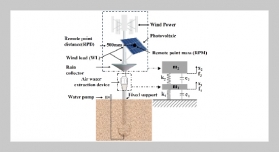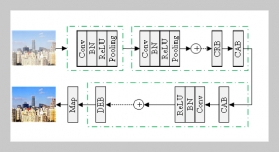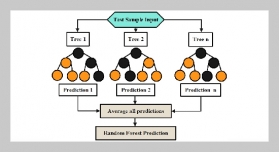- [1] Y. Liu, T. Huang, W. Dong, F. Wu, X. Li, and G. Shi. “Low-light image enhancement with multi-stage residue quantization and brightness-aware atten tion”. In: Proceedings of the IEEE/CVF International Conference on Computer Vision. 2023, 12140–12149.
- [2] Y.Gao, W.Zhang, H.He, L.Cao, Y. Zhang, Z. Huang, and X. Zhao, (2024) “TSSFN: Transformer-based self supervised fusion network for low-quality fundus image enhancement" Biomedical Signal Processing and Control 89: 105768. DOI: 10.1016/j.bspc.2023.105768.
- [3] P. Li, Z. Chen, L. T. Yang, Q. Zhang, and M. J. Deen, (2017) “Deep convolutional computation model for feature learning on big data in internet of things" IEEE Transactions on Industrial Informatics 14(2): 790–798. DOI: 10.1109/TII.2017.2739340.
- [4] P. Li, A. A. Laghari, M. Rashid, J. Gao, T. R. Gadekallu, A. R. Javed, and S. Yin, (2022) “A deep multimodal adversarial cycle-consistent network for smart enterprise system" IEEE Transactions on Industrial Informatics 19(1): 693–702. DOI: 10.1109/TII.2022.3197201.
- [5] P. Li, J. Gao, J. Zhang, S. Jin, and Z. Chen, (2022) “Deep Reinforcement Clustering" IEEE Transactions on Multimedia: DOI: 10.1109/TMM.2022.3233249.
- [6] K.G.Lore, A.Akintayo, and S. Sarkar, (2017) “LLNet: Adeep autoencoder approach to natural low-light image enhancement" Pattern Recognition 61: 650–662. DOI: 10.1016/j.patcog.2016.06.008.
- [7] X. Cheng, J. Zhou, J. Song, and X. Zhao, (2023) “A highway traffic image enhancement algorithm based on improved GAN in complex weather conditions" IEEE Transactions on Intelligent Transportation Systems 24(8): 8716–8726. DOI: 10.1109/TITS.2023.3258063.
- [8] R. Cong, W. Yang, W. Zhang, C. Li, C.-L. Guo, Q. Huang, and S. Kwong, (2023) “Pugan: Physical model guided underwater image enhancement using gan with dual-discriminators" IEEE Transactions on Image Processing 32: 4472–4485. DOI: 10.1109/TIP.2023.3286263.
- [9] L. Shen, Z. Yue, F. Feng, Q. Chen, S. Liu, and J. Ma, (2017) “Msr-net: Low-light image enhancement using deep convolutional network" arXiv preprint arXiv:1711.02488: DOI: 10.48550/arXiv.1711.02488.
- [10] C. Wei, W. Wang, W. Yang, and J. Liu, (2018) “Deep retinex decomposition for low-light enhancement" arXiv preprint arXiv:1808.04560: DOI: 10.48550/arXiv.1808.04560.
- [11] Y. Zhang, J. Zhang, and X. Guo. “Kindling the dark ness: A practical low-light image enhancer”. In: Proceedings of the 27th ACM international conference on multimedia. 2019, 1632–1640. DOI: DOI:10.1145/3343031.335092.
- [12] Y.Jiang, X.Gong, D.Liu, Y.Cheng, C.Fang, X.Shen, J. Yang, P. Zhou, and Z. W. Enlightengan, (2021) “Deep light enhancement without paired supervision., 2021, 30" DOI: https://doi. org/10.1109/TIP: 2340–2349. DOI: 10.1109/TIP.2021.3051462.
- [13] Y. Zhang, X. Di, B. Zhang, and C. Wang, (2020) “Self-supervised image enhancement network: Training with low light images only" arXiv preprint arXiv:2002.11300: DOI: 10.48550/arXiv.2002.11300.
- [14] C. Guo, C. Li, J. Guo, C. C. Loy, J. Hou, S. Kwong, and R. Cong. “Zero-reference deep curve estima tion for low-light image enhancement”. In: Proceedings of the IEEE/CVF conference on computer vision and pattern recognition. 2020, 1780–1789. DOI: 10.1109/CVPR42600.2020.00185.
- [15] T.Ma, M.Guo, Z.Yu, Y.Chen, X.Ren, R.Xi, Y.Li,and X. Zhou, (2021) “Retinex GAN: Unsupervised low-light enhancement with two-layer convolutional decomposition networks" IEEE Access 9: 56539–56550. DOI: 10.1109/ ACCESS.2021.3072331.
- [16] C.-M. Fan, T.-J. Liu, and K.-H. Liu. “Half wavelet at tention on m-net+ for low-light image enhancement”. In: 2022 IEEE International Conference on Image Processing (ICIP). 2022, 3878–3882. DOI: 10.48550/arXiv.2203.01296.
- [17] Y. Wang, R. Wan, W. Yang, H. Li, L.-P. Chau, and A. Kot. “Low-light image enhancement with normalizing flow”. In: Proceedings of the AAAI conference on artificial intelligence. 36. 3. 2022, 2604–2612. DOI: 10.1609/aaai.v36i3.20162.
- [18] X. Guo and Q. Hu, (2023) “Low-light image enhancement via breaking down the darkness" International Journal of Computer Vision 131(1): 48–66. DOI: 10.1007/s11263-022-01667-9.
- [19] J. Liang, Y. Xu, Y. Quan, B. Shi, and H. Ji, (2022) “Self supervised low-light image enhancement using discrepant untrained network priors" IEEE Transactions on Circuits and Systems for Video Technology 32(11): 7332–7345. DOI: 10.1109/tcsvt.2022.3181781.
- [20] Z. Zhao, B. Xiong, L. Wang, Q. Ou, L. Yu, and F. Kuang, (2021) “RetinexDIP: A unified deep framework for low-light image enhancement" IEEE Transactions on Circuits and Systems for Video Technology 32(3): 1076–1088. DOI: 10.1109/tcsvt.2021.3073371.
